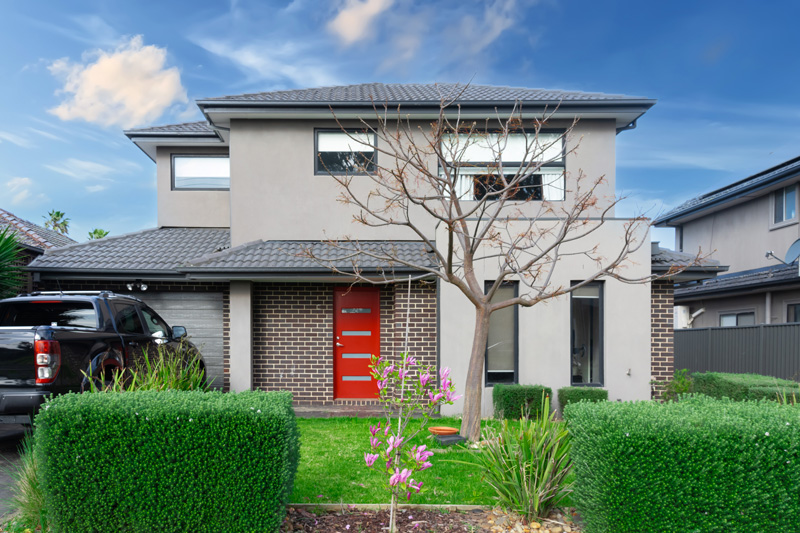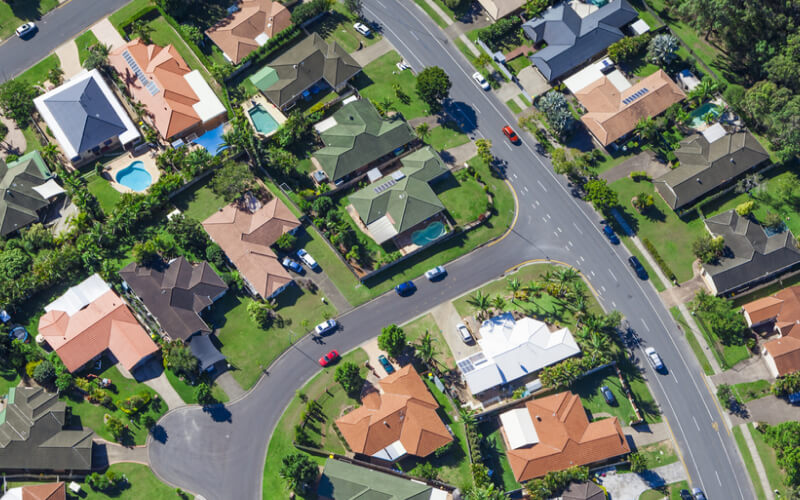Are you thinking about dipping your toes into the world of property investment for the first time?
It’s an exciting journey, but one that requires careful planning and a clear understanding of the Australian property market.
In this guide, we’ll walk you through the essential steps to help you make the most of your first-time investment.
Whether you’re eyeing a rental property or aiming for long-term capital growth, we’ve got you covered.
How to Buy An Investment Property
Step 1: Assess Your Financial Situation
Before you dive into the world of property investment, it’s crucial to assess your financial situation. Here’s what you need to consider:
- Deposit: Understanding the amount you can afford for a deposit is fundamental. If you’re using savings, ensure it’s an amount that doesn’t strain your other financial commitments.
- Cash Flow: Your investment property’s success hinges on your ability to manage cash flow effectively. You’ll receive rental income, but you’ll also have expenses like mortgage payments, council rates, and repairs. It’s essential to have a clear understanding of these financial flows.
- Costs Involved: Buying a property comes with various costs, including stamp duty, legal fees, and ongoing expenses like maintenance and property management fees. Explore potential tax benefits like depreciation and negative gearing.
- Home Loan: Securing the right home loan is paramount. Consider interest rates, lender options, and your borrowing power. Lenders may require lenders mortgage insurance (LMI) if your deposit is less than 20%, so factor this into your calculations.
Step 2: Define Your Investment Strategy
Now that you’ve assessed your financial position, it’s time to define your investment strategy:
- Property Goals: Ask yourself what you want to achieve with your investment. Are you looking for rental income, planning to retire in the property, or seeking passive income? Your goals will influence your property choices.
- Property Type: Think about the type of property that aligns with your goals. Single-family homes, apartments, or duplexes all have different implications for rental yield and management. Consider factors like location and potential for renovations.
Get a free conveyancing quote
Obligation free quote for home and land conveyancing
Step 3: Research the Property Market
Understanding the property market is essential for making informed decisions:
- Property Market Trends: Keep an eye on property market trends in Australia, including property prices, capital growth potential, and local amenities. The right location can make a substantial difference.
Step 4: Secure Financing
Financing your property purchase requires careful consideration:
- Home Loan: Secure the right home loan by comparing interest rates, loan types (fixed rate or interest-only), and repayment options. Getting pre-approval is a crucial step.
- Mortgage Broker: Consider using a mortgage broker to navigate the complex world of home loans. They can help you find the best deal based on your financial situation.
Step 5: Finding the Right Property
Once you’re financially prepared, it’s time to find the right property:
- Real Estate Agent: A real estate agent can be your ally in the search for the perfect property. They have local market knowledge and can guide you toward opportunities that align with your goals.
- Assessing Investment Opportunities: When you find potential properties, assess them based on rental income potential and capital growth prospects. It’s essential to make informed choices.
Step 6: Onboard a Conveyancer
The legal aspects of property buying require expertise, so it’s important to have someone you trust in your corner.
Conveyancers are key to a smooth property deal. They handle the legal side, take care of all the paperwork, and make sure you’re kept in the loop the whole time.
They work with agents, lenders, and councils to make sure everything lines up correctly. Conveyancers also explain the legal details in easy-to-understand terms, and they’re there to help if any problems come up, ensuring your property transaction goes as smoothly as possible.
Step 7: Finalising the Purchase
As you near the end of buying your property, here’s what happens next:
- You’ll sign the purchase contract and pay the deposit.
- It’s also the time to get your head around the settlement process – this is when you officially complete the purchase.
It’s a good idea to have a conveyancer or legal advisor with you during this part. They can help make sure everything goes smoothly and you understand what’s happening.
What is Property Investment?
Property investment is when you buy real estate, like houses, apartments, or land, with the goal of making money. There are two main ways to earn from property investment:
- Rental Income: You rent out the property to tenants and get regular payments (rent) from them. This can provide a steady income.
- Capital Growth: This happens when the value of the property increases over time. You make a profit when you sell the property for more than you paid for it.
How Much Can I Borrow for an Investment Property?
The amount you can borrow for an investment property varies and depends on several factors:
- Your Income: Lenders will look at your regular income to make sure you can afford the loan repayments.
- Your Debts and Expenses: Any other loans or monthly expenses you have will affect how much you can borrow.
- The Property’s Value: Lenders usually don’t finance the entire value of the property. They want to see that you can cover part of the cost yourself.
How Much Deposit Do I Need for an Investment Property?
For an investment property, you generally need a larger deposit compared to buying a home to live in.
A deposit of around 20% of the property’s value is common. If you can afford a larger deposit, it’s even better because it can reduce your loan amount and possibly your interest rates.
If you have less than 20%, you might be able to borrow, but lenders may charge you Lender’s Mortgage Insurance (LMI), which covers them if you can’t pay back the loan.
Where Should I Buy an Investment Property?
Choosing the right location is key to a successful property investment. Here are some tips:
- Look for areas with strong rental demand, like near universities or business districts.
- Check for locations with good public transport, schools, and amenities (like shops and parks) as these are attractive to renters.
- Research areas where property values are expected to increase. This could be due to future development plans or increasing popularity.
Partner with Settled for Expert Guidance in Your Property Investment Journey
Ready to dive into property investment with confidence? Partner with the experts at Settled for a seamless and stress-free journey.
From navigating legal complexities to managing paperwork efficiently, we’ve got you covered.
Trust Settled for expert advice and support that makes your investment property journey smooth and successful.
Get in touch with us today and take the first step towards a smart property investment.
Get a free conveyancing quote
Obligation free quote for home and land conveyancing
Investment Property FAQs
What is the 1% rule in property investing?
The 1% rule is a guideline in property investing that suggests the monthly rental income from an investment property should ideally be at least 1% of the property’s purchase price. For example, if you purchase a property for $300,000, the monthly rent should be around $3,000 (1% of $300,000).
This rule is used to quickly assess whether an investment property has the potential for positive cash flow. However, it’s essential to note that the 1% rule is a rough estimate, and the actual rental income can vary based on location, market conditions, and property type.
How to avoid capital gains tax when selling investment property in Australia?
To potentially avoid capital gains tax on an investment property in Australia, one common strategy is to make the property your main residence for a period, as CGT usually doesn’t apply to your primary home. Additionally, holding the property for over a year may qualify you for a 50% CGT discount.
What can you claim on an investment property?
You can claim deductions on your investment property in Australia for expenses like loan interest, property management fees, rates, insurance, repairs, depreciation, travel costs, advertising, legal fees, and more.
Read More












